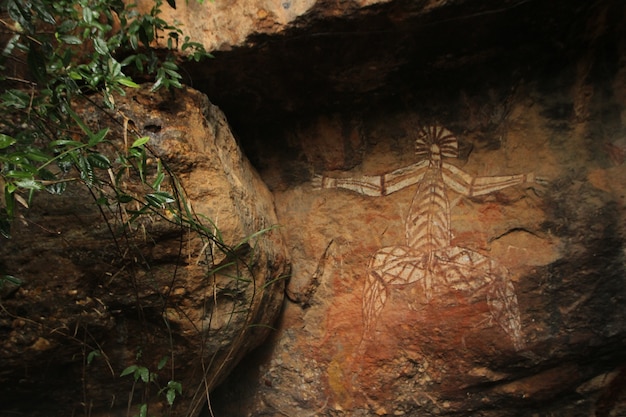Hanging Gardens of Babylon – Fascinating Facts Revealed

The Hanging Gardens of Babylon were one of the Seven Wonders of the Ancient World.
They were located in the ancient city of Babylon, in present-day Iraq.
The gardens were built by King Nebuchadnezzar II for his wife Amytis.
The gardens were created around 600 BC.
The gardens were known for their impressive architectural feat of terraced gardens.
The gardens were constructed using a complex system of irrigation and engineering techniques.
The gardens were built to mimic the lush and beautiful landscapes of the queen’s homeland, which was mountainous and had abundant vegetation.
The Hanging Gardens were built on multi-level platforms supported by stone pillars.
The gardens were adorned with various plants, flowers, and lush trees.
Some historians believe that large trees were transplanted to create the impression of a hanging garden.
The gardens were designed to be a retreat and oasis of beauty in the heart of the city.
The Hanging Gardens were said to be a marvel of the ancient world, attracting visitors from all over.
The gardens were considered a symbol of wealth, power, and luxury.
The gardens were mentioned in ancient texts, such as the writings of Greek historian Herodotus.
The exact location and appearance of the Hanging Gardens have been subjects of debate among historians and archaeologists.
Some scholars believe that the gardens were destroyed in an earthquake, while others suggest they were lost to erosion over time.
Hanging Gardens of Babylon – Fascinating Facts Revealed part 2
The Hanging Gardens were described as a green paradise in the midst of a desert.
The gardens were said to have a system of water channels and water wheels that circulated water throughout the terraces.
The lushness and beauty of the gardens were meant to impress and astonish anyone who saw them.
The gardens were considered a testament to the power and greatness of the Babylonian Empire.
The Hanging Gardens were said to have been built over a period of many years.
The gardens contained exotic plants brought from different parts of the empire.
Some historians believe that the Hanging Gardens were not actually hanging, but rather were constructed on elevated platforms.
The gardens were a popular subject of artwork and sculptures in ancient times.
The Hanging Gardens were said to have been visible from a great distance, serving as a symbol of Babylon’s grandeur.
The construction of the gardens required considerable engineering skills and knowledge of horticulture.
The gardens were often described as a marvel of symmetry and beauty.
The Queen’s desire for the gardens is said to have been due to her longing for the lush landscapes of her homeland.
The Hanging Gardens were said to have frescoes and statues decorating the terraces.
The gardens were constructed to withstand floods and erosion, ensuring their longevity.
The gardens were said to be a testament to the skill and genius of Babylonian architects and engineers.
The gardens were believed to have contained a variety of fruit trees.
The construction of the gardens required an extensive workforce of laborers and skilled craftsmen.
The gardens were said to have been watered using a sophisticated irrigation system.
The gardens were depicted in ancient Babylonian art and sculptures.
The Hanging Gardens were a tourist attraction, attracting visitors from far and wide.
The gardens were considered a marvel of horticulture, showcasing the ability to create a lush landscape in a desert climate.
The gardens were said to have been a source of inspiration for future architectural wonders.
The Hanging Gardens were viewed as a symbol of Babylon’s prosperity and cultural advancement.
The gardens were described as a paradise on earth.
The Hanging Gardens were a favorite spot for the elite of Babylon to relax and enjoy nature.
The gardens were believed to have had a viewing platform from which visitors could admire the beauty of the city and the gardens themselves.
The Hanging Gardens were considered a tribute to the queen’s love and devotion.
The gardens were said to have been adorned with colorful flowers and fragrant plants.
The Hanging Gardens were a testament to human ingenuity and the desire to create beauty in the world.